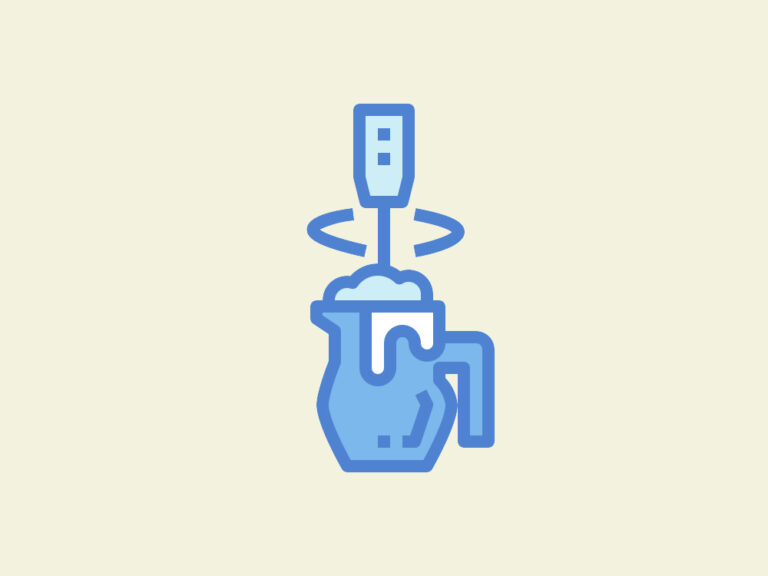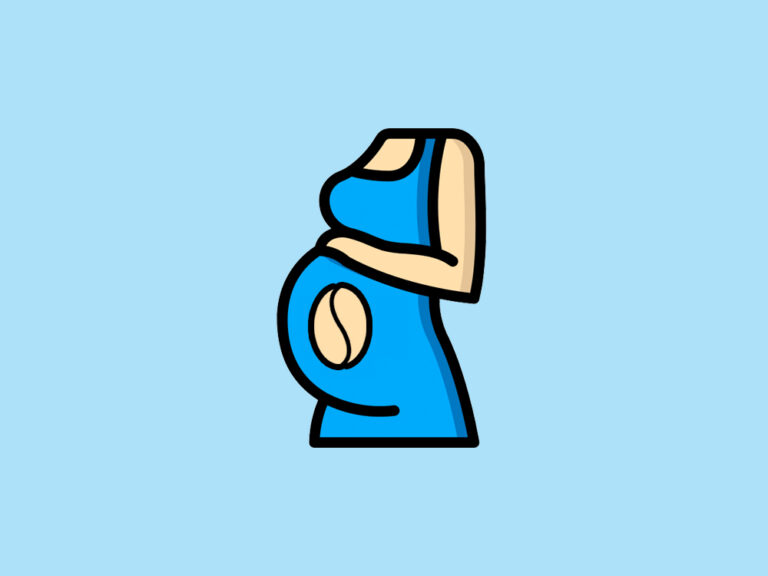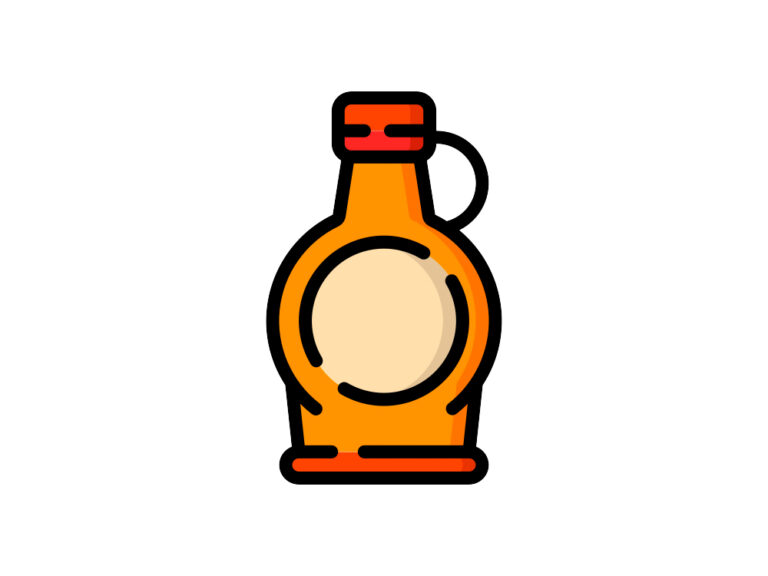
This post may contain affiliate links. As an Amazon Associate and a partner of other brands, I get a small commission if you purchase through my links, at no extra cost from you.
Coffee has been a significant part of modern-day society and culture, but where did the coffee culture start?
Coffee has become an integral part of the daily lives of many people around the world.
It may be seen as a physical or mental stimulant that helps one to wake up, stay alert, and energized.
On the other hand, it’s also given us the opportunity to engage in conversation with other people over desserts such as cookies and cakes.
The way coffee is consumed can vary from country to country, but its impact on society remains: whether through individuals or communities.
Coffee Culture Definition
Coffee culture is the social and cultural pattern that includes beliefs, values, practices, norms and language surrounding coffee.
Coffee is a source of livelihood for many people around the world and has created an opportunity to connect with others through social locations such as cafes and restaurants.
The coffee industry is the formation of intellectual and cultural development within a society due to the introduction of coffee.
These days, people are becoming more aware of their coffee cultures and how it affects them on a daily basis.
There are many things to know about coffee culture such as: where to find coffee beans, how to brew coffee beans, coffee bean types and much more.
Where Did Coffee Originate From?
The origin of coffee can be traced back to Ethiopia, where it was first discovered by a goatherd Kaldi in the 9th century.
It was cultivated by Muslim farmers. After that, it spread to Arabia, Turkey, and Yemen.
A few centuries later, coffee came to Europe through Spain and Portugal.
The Last Ten Years
Coffee has become a part of everyday life and is now enjoyed all around the world: from aeroports and yachts to mass transportation and cafes.
This is thanks to improvements in technology and globalization.
Nowadays, the way we brew our coffee is not just a matter of taste and aroma, but also of health and cultural appeal.
For starters, you can find two main types of coffee: Arabica and Robusta varieties.
Arabica varieties (not to be confused with Arab countries) produce a light roast and milder flavors; while Robusta variety produces a darker roast and stronger flavor.
The latter has been known to be more bitter than Arabica varieties, but both are used in different methods.
For example, espresso coffee is brewed by forcing boiling water through a special filter (filter made from paper or other material).
Those who prefer it can also use single-serving coffee machines and small appliances.
Percolator is another way to brew coffee: this method was invented by Hanson Goodrich, an American.
Historically, it took a long time for coffee to brew because water had to pass through the grounds multiple times using gravity.
However, with technology, we were able to create gadgets that use electricity and speed things up.
This allows us to enjoy fresh coffee easily anywhere we go.
Coffee culture around the world has changed in the past 10 years and has become more accessible and convenient: one can make a cup in shops or cafes anywhere within minutes.
The Different Names Of Coffee Around The World
In English, we call it java, cup of joe or simply coffee. But in other parts of the world, coffee has different names.
For example, Italians call it caffè; the Japanese call it コーヒー (kōhī); the Spanish call it café; and the French call it le café.
Pretty much all countries have their own names for this popular beverage.
In Turkey, it’s called “kahve”; in Portugal, it’s called “bica,”.
There are also interesting stories about how the word coffee came to be. In Turkish, the word for coffee is kahve.
But the word actually originated from the Arabic language: قهوة or Kahwa.
Related: Get To Know The Popular Types Of Coffee Drinks
How Is Coffee Cultural?
We all know that coffee culture is a big part of our lives, but what does that actually mean?
In short, it’s the idea that coffee is a social beverage with an endless list of variations.
The way one drinks coffee shapes the entire experience.
From the brewing technique to the blend, coffee culture influences consumers all over the world.
Coffee culture is characterized by a unique way of drinking coffee that is shared amongst the global community.
Throughout history, cultures have adopted concepts of drink etiquette that can be traced back to their origins.
What Are The Cultural Impacts Of Coffee?
In every country, there have been certain rituals and norms shaped by its coffee culture.
In other words, these rituals and norms define the way one should drink coffee.
This is a phenomenon that has been observed not only in the United States but also in other parts of the world.
Coffee has had a very significant impact on the world in the form of cultural consumption.
It is a drink that people have ritualized and have become so accustomed to, it is now hard to imagine life without it.
“Coffee culture” is found all around the world, but its origins are rooted in Europe.
Coffee culture includes aspects such as rituals and norms which outline how one should consume coffee.
The average person’s ritual varies from taking their coffee with sugar or cream to simply adding it into their morning breakfast routine.
Coffee rituals for a typical American consist of preparing a strong cup of coffee in the morning, adding milk and sugar to their liking, and adding a coffee-flavored creamer or milk.
In Brazil, coffee rituals are a little different. The average Brazilian person drinks their coffee as a shot rather than a cup.
It is also common for them to drink it with sweet condensed milk and they do not usually add sugar or other types of flavorings to their beverage.
The Turkish coffee has its own rituals. A pungent spice as cinnamon is sometimes added to the coffee while it is being ground.
One can also boil whole seeds with strong coffee and let them float to the top when served.
Turkish coffee has various levels of bitterness, ranging from bitter to sweet.
The coffee is served without the addition of sugar, so no spoons are necessary.
Apart from these common rituals associated with drinking coffee, there are also other cultural actions and practices that further shape the way people consume this drink.
The way we prepare the coffee and the types of equipment we use, says a lot about our countries’ cultures.
For example, in Italy, there is a special type of pot called the Moka pot which allows drinkers to brew espresso as it was originally made.
In Japan as well, there are other ways to brew coffee such as using a Chemex or coffee dripper.
Coffee culture is defined by rituals and norms that shape our experience with coffee and how we enjoy it worldwide.
Cultural institutions play a crucial role in shaping people’s lives and values related to anything that is important to us.
It defines the way one should feel associated with what is part of our culture.
What Are The Cultural Impacts On Families?
Coffee culture has an impact on families as well, which is the reason why everyone should be educated about it.
Participating in coffee culture shows commitment to your family, family values, and upbringing.
Experimenting with coffee blends affects the people around you because they are part of your family’s culture as well.
Using different coffee blends also paints a picture of who you are as a person, set apart from the rest.
What Is The Italian Coffee Culture?
Morning coffee has always been a part of the Italian culture.
However, the real tradition of the Italian nation involves afternoon coffee-drinking habits.
Coffee culture in Italy started at the end of 19th century with espresso, although it was already known in Italy since the end of 16th century when Arabs introduced this drink into Sicily.
Every part of the country has its own coffee tradition, especially in terms of how it is prepared.
Here is a list of the Italian coffee traditions:
1. Post-Dinner
Coffee as an after-dinner drink or as a “signal for dinner”.
This is the first tradition and the traditional preparation is to prepare espresso with good, strong coffee.
The drink should not be diluted and it should always be served hot.
A glass of wine should accompany this tradition and it can be fair black (red wine) or dry white (white wine).
This tradition became widespread in the mid-19th century and still exists today, especially in coastal towns founded by immigrants from southern Italy.
2. Post-Lunch
Coffee is served after lunch or dinner with an appropriate dessert.
The coffee in this tradition is usually prepared using a strong mixture of coffee, water and sugar in a special pot called “Moka Pot“.
This tradition became popular in the second half of the 19th century when it started to be served after dinner with a small dessert, such as biscotti.
This tradition is mostly found in northern Italy, especially in cities where big factories are located because Italians have an after-lunch espresso time to relax at work before going back to work.
3. For Breakfast
The third Italian coffee culture involves breakfast espresso and takes place usually at home or at work.
This tradition is especially popular in the northernmost regions in Italy.
The coffee is usually prepared in a special espresso pot called “fonte” in the Veneto region, which has slanted sides so that steam can not escape.
The beverage can be served black or with milk.
This tradition was also exported to other countries where Italians lived, especially in the United States where it took hold with Italian immigrants who introduced it to Italian Americans.
Related Article: 7 Camping Coffee Pot Reviews For Beginners
In Which Countries Coffee Culture Is Celebrated?
Coffee culture is shared by many nations and societies around the world.
However, there are certain countries that have a reputation for maintaining more traditional ways of preparing coffee.
For instance, in Kenya, coffee culture is more than just a social drink.
The people prepare their coffee very differently from one another due to different traditions inherited from their forefathers.
Coffee culture in Africa is shaped by the seasons when the harvest time is upon them, which often leaves farmers at a loss in terms of income.
However, when harvest season comes every year it only depicts the existence of commonality among cultures around the world in terms of how they drank coffee.
In Africa, farmers drink coffee as a drink of leisure and joy as opposed to a daily habit as it is here in the United States.
In Latin America, the culture of coffee drinking is very similar to that of African cultures.
In fact, “coffee” or ” Café” is a common name given to any drink prepared from coffee beans on the continent of Latin America.
In Latin American countries such as Argentina and Colombia, people usually drink their first cup of day at dawn or around seven am.
In Colombia, the coffee culture is centered in Medellin, a town of many professionals who enjoy visiting the local coffee shops in order to meet people.
Coffee Culture In America
The coffee culture in America has changed constantly since the first coffeehouses opened in Boston in 1670.
The singularity of coffee is still evident, but it is now mixed with other cultures and cuisines.
It is a beverage to be shared with friends and relatives, a drink to be discussed and savored.
Many people today enjoy a cup of freshly brewed coffee every morning.
This part of the morning ritual allows them to relax, smell the aroma of fresh coffee, taste its flavorful smoothness, see its rich texture and feel the warmth it brings to their fingers.
The culture of coffee in America has grown tremendously.
As the country’s population grows, more cafes are opening every day.
Starbucks is still the most famous, but there are many other popular chains, such as Coffee Bean & Tea Leaf and Dunkin Donuts.
It is hard to count all the coffee shops each with its own unique atmosphere and custom-made blends.
Coffee shops advertise in newspapers, television and radio.
They also have websites and social networking pages that allow people to find them online or find out when they will open for service.
Which Country Has The Best Coffee Culture?
Since coffee is the most consumed beverage in the U.S., it’s no surprise that it plays an important role in American culture.
There are many ways to prepare coffee like Turkish-style, espresso, latte and cappuccino.
The Italians brought espresso machines to America, but there are also other cultures that contributed to the way Americans drink coffee today.
For example, the French brought godiva chocolate and ice cream while the Dutch introduced whipped cream.
These different ideas were combined to create something entirely new – a combination of European and Native American influences.
Some say that New York City has the best coffee culture in America while others argue that Seattle has better coffee than New York.
Some even say that San Francisco has the best coffee in America.
There are no winners or losers when it comes to arguing over which city serves the best coffee.
The truth is that each neighborhood in each city has different preferences and different blends of coffee are produced depending on the area where they are sold.
The differences between one city and another are often not immediately noticeable, but they are there if you look for them.
Conclusion – Final Thoughts About Coffee Culture
It is important to note that coffee culture is not just an American phenomenon.
In fact, there are coffee shops all over the world.
Whether or not they have become as popular as Starbucks or Dunkin Donuts, their numbers continue to grow as more and more people discover the wonders of a quality cup of coffee.
In some countries, drinking a cup of coffee is a social event that brings families and friends together.
In other countries, drinking a cup of coffee may be part of one’s morning routine prior to going out into the world for the day.
In some regions, having a cup of morning coffee may be considered lazy while in others it is considered vital for proper functioning on a daily basis.
No matter what your culture or preference, drinking coffee is part of the experience.
Regardless of the time of day, the region you are in, or how you are drinking it, coffee culture will always have a way to be appreciated by all people who enjoy good quality coffee.






